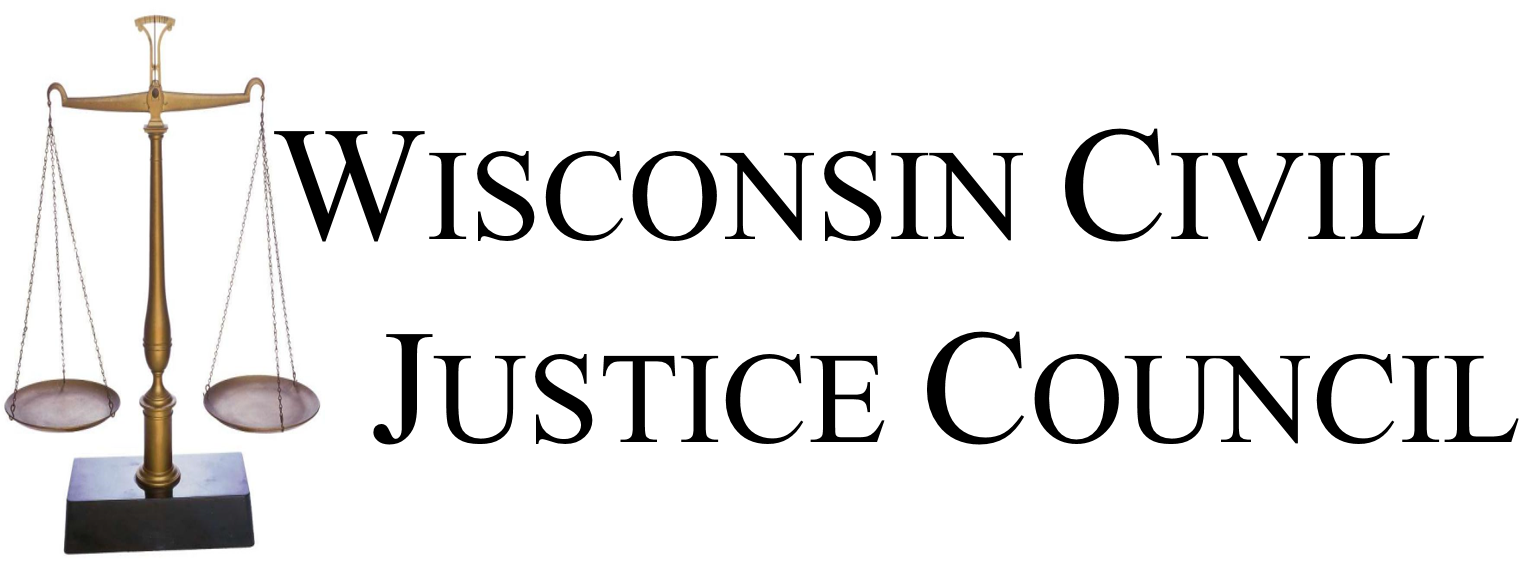In Correa v. Woodman’s Food Market (2020 WI 43), a 6-0 Wisconsin Supreme Court held that plaintiffs in safe place statute cases need not prove the exact moment an unsafe condition existed, as long as they can prove the condition existed for long enough for the defendant to have had constructive notice. In this case, the court said the jury can infer from video evidence that the unsafe condition existed for long enough to give the defendant constructive notice
Facts
In this case, plaintiff Jose Correa slipped and fell on an unidentified substance in a Woodman’s store and subsequently filed a safe-place-statute (Wis. Stat. § 101.11(1)) claim against Woodman’s.
Video footage from the Woodman’s store ten minutes before the accident did not show a spill happening and could not identify any substance on the floor of the store. However, a Woodman’s employee testified that he did clean up a substance on the floor after Correa fell and notified the store about the spill.
Woodman’s argued the video evidence could not prove the store had constructive notice of the spill. Though Correa couldn’t determine the exact moment the spill occurred, he argued that the video evidence showed the spill had existed for at least ten minutes, enough to give Woodman’s constructive notice.
Decision
The Supreme Court ruled in favor of Correa, determining that Correa did not need to provide evidence of the exact time of the spill for his safe place statute claim to proceed. Plaintiffs like Correa only need to determine that unsafe conditions (in this case the spill) existed for long enough to give stores constructive notice. In this case, the court said the jury could infer from the video evidence that the spill had existed for at least ten minutes, long enough for Woodman’s to have constructive notice of the spill.
The court’s decision expands on a similar decision in Kochanski v. Speedway SuperAmerica (2014 WI 72), which similarly dealt with whether juries can draw reasonable inferences from video surveillance in premises liability cases. The Kochanski decision differed from the Correa decision because in that case the plaintiff could not prove that the convenience store had constructive notice. It was unclear from video surveillance in Kochanski at what point in time snowfall became an unsafe condition leading to injury, whereas the jury in Correa could reasonably infer the unsafe condition had existed for at least ten minutes.
